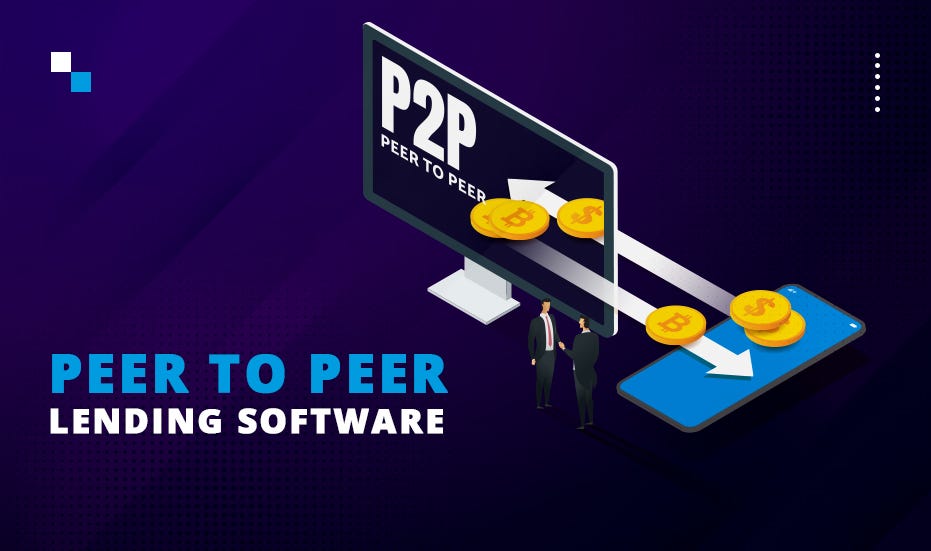The Impact of Prosper Peer-to-Peer Lending on Finance
Cuerpo
Peer-to-peer (P2P) lending platforms like Prosper have revolutionized the financial landscape by offering alternative borrowing and investing opportunities outside traditional banking institutions. This article explores the profound impact of prosper peer to peer lending on finance, highlighting its benefits, risks, and future outlook.
Understanding Prosper Peer-to-Peer Lending
Prosper is a prominent player in the P2P lending industry, connecting borrowers directly with individual investors through an online platform. Borrowers can obtain personal loans for various purposes, while investors can fund these loans and earn returns based on the borrowers' repayment, minus fees charged by Prosper.
Benefits of Prosper Peer-to-Peer Lending
-
Access to Financing for Borrowers: Prosper provides borrowers with an alternative source of financing, especially those who may not qualify for traditional bank loans due to credit history or other factors. The platform's online nature and streamlined process make it convenient for borrowers to apply and potentially receive funding quickly.
-
Competitive Interest Rates: Borrowers can often obtain loans at competitive interest rates through Prosper, especially compared to traditional lenders. This affordability is attractive to individuals seeking to consolidate debt, cover medical expenses, or fund other personal projects.
-
Diversified Investment Opportunities: For investors, Prosper offers the opportunity to diversify their investment portfolios beyond stocks and bonds. By funding loans across different risk profiles and borrower categories, investors can potentially earn attractive returns that may outperform traditional investment options in certain market conditions.

Risks and Considerations
-
Credit Risk: One of the primary risks associated with Prosper peer-to-peer lending is credit risk. Investors face the possibility of borrower default, which can result in loss of invested funds. Prosper employs risk assessment models to evaluate borrower creditworthiness, but there is inherent risk in any lending activity.
-
Liquidity Risk: Unlike traditional investments that may offer immediate liquidity, investments in Prosper loans are typically illiquid until the loan matures or is paid off early. Investors should consider their liquidity needs and investment horizon before committing funds to P2P lending.
-
Regulatory Environment: The P2P lending industry, including Prosper, operates within a regulatory framework that may impact its operations and investor protections. Changes in regulations or legal challenges could affect the platform's ability to operate or investors' rights.
Impact on the Financial Industry
-
Disruption of Traditional Banking: Prosper and other P2P lending platforms have disrupted traditional banking models by offering more efficient and accessible lending options. This disruption has prompted traditional banks to innovate and improve their own lending processes to remain competitive.
-
Financial Inclusion: P2P lending has contributed to financial inclusion by providing access to credit for individuals and small businesses that may have been underserved by traditional financial institutions. This democratization of finance allows more people to participate in economic activities and pursue their financial goals.
-
Tech-Driven Innovation: The success of Prosper highlights the growing influence of technology in finance. Its online platform leverages data analytics and algorithms to facilitate lending decisions, demonstrating how fintech innovations can improve efficiency and transparency in financial transactions.

Future Outlook
Looking ahead, the future of Prosper peer-to-peer lending and P2P platforms in general appears promising but also faces challenges. Continued regulatory scrutiny, evolving investor preferences, and economic conditions will influence the growth trajectory of the industry. Innovations in fintech, including blockchain and artificial intelligence, could further reshape the landscape of P2P lending, potentially enhancing security, efficiency, and user experience.
Conclusion
In conclusion, Prosper peer-to-peer lending has significantly impacted finance by providing alternative lending and investment opportunities that are more accessible and efficient than traditional banking services. While offering benefits such as competitive interest rates and financial inclusion, P2P lending also poses risks related to credit and liquidity. As the industry evolves, Prosper and similar platforms will continue to play a pivotal role in shaping the future of finance, offering new avenues for borrowers and investors alike to achieve their financial objectives in an increasingly digital economy.











Comentarios